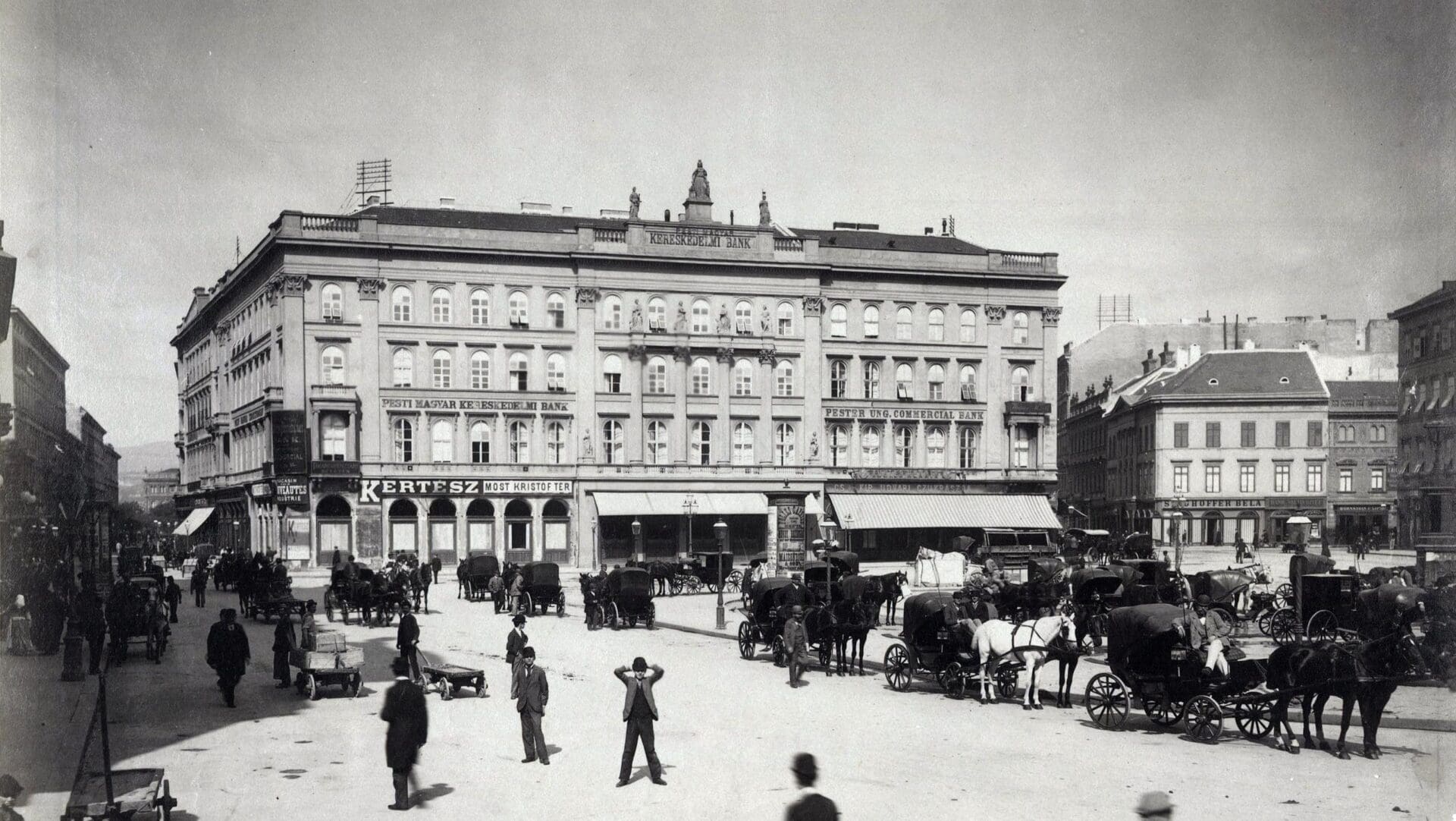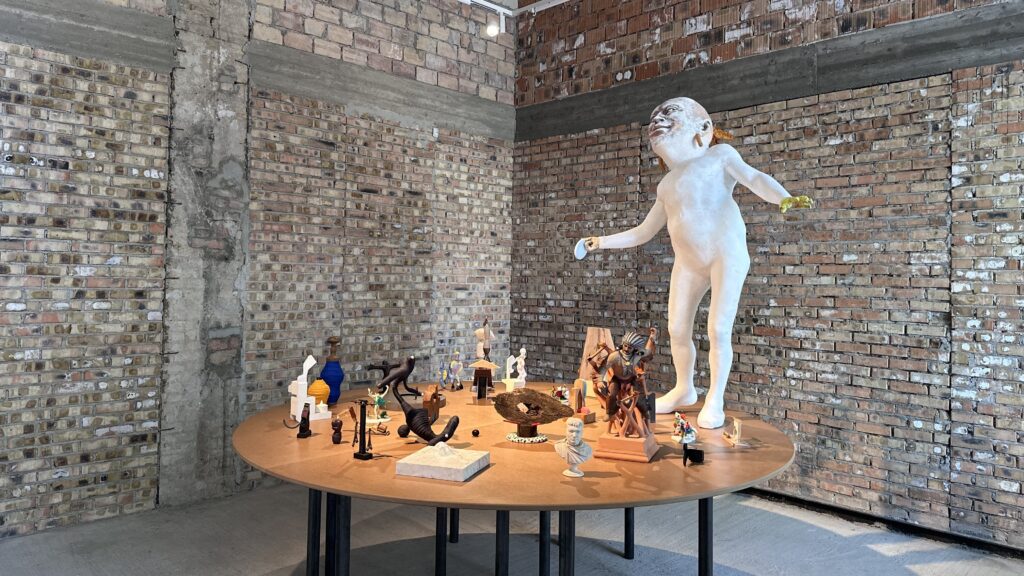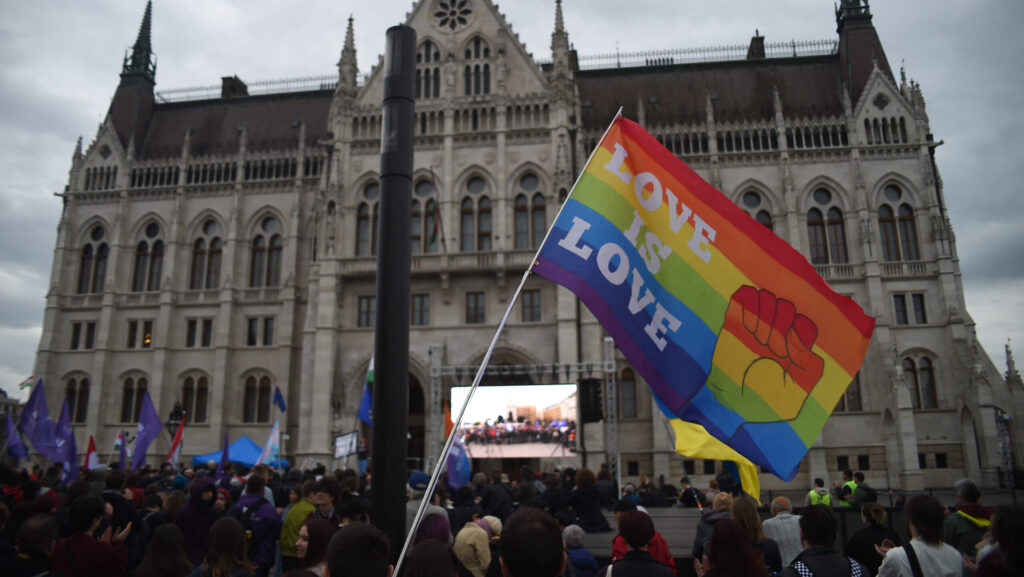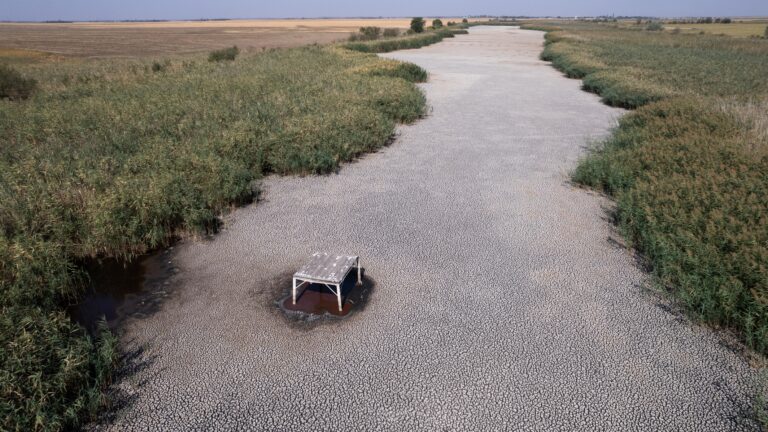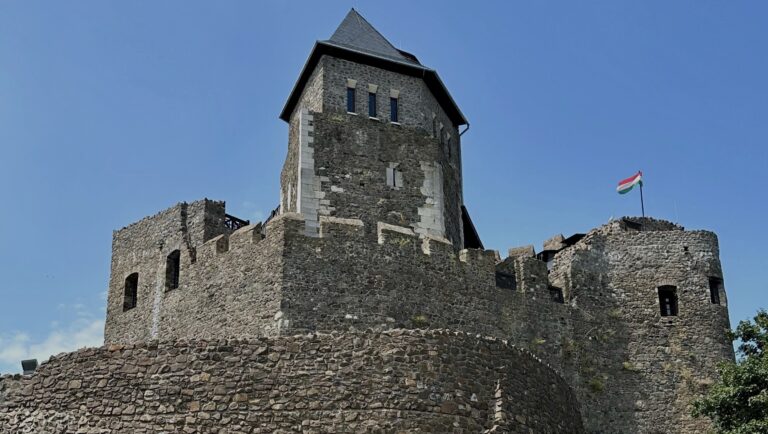When passing by, who would not stop for a minute and admire the Gerbeaud Café and its fascinating building on Vörösmarty Square in Budapest? Regardless of the season or century, the Gerbeaud House has always been one of the gems of the capital’s city centre. Both the beauty of the late Art Nouveau building and the Gerbeaud Café on the edifice’s ground floor attract tourists and sweet-toothed visitors to this day.
The building was erected in 1858 on Gizella Square (today’s Vörösmarty Square), and, interestingly, between 1858 and 1870 it did not function as a patisserie yet. When the complex was established, the building had three owners, intellectuals and merchants from different areas, but they eventually worked together to create the contiguous façade that is still visible today, and which later became the symbol of the Gerbeaud House and the Café itself. Until 1870, the edifice was used for various business and commercial activities.
Émile Gerbeaud, a master pastry chef of Swiss origin who had already become famous in his profession, moved to Hungary in 1884 at the invitation of Hungarian pastry chef Henrik Kugler, the then owner of the café. The purpose of the invitation was for Gerbeaud to take over the ownership and operation of Kugler’s patisserie, which opened its doors on Gizella Square in 1870.
In response, Émile Gerbeaud renamed the pastry shop ‘Gerbeaud–Kugler’s Successor’ in the autumn of 1884. Soon after the change of ownership, the then unknown French mignon was introduced, which soon earned the patisserie a great reputation.
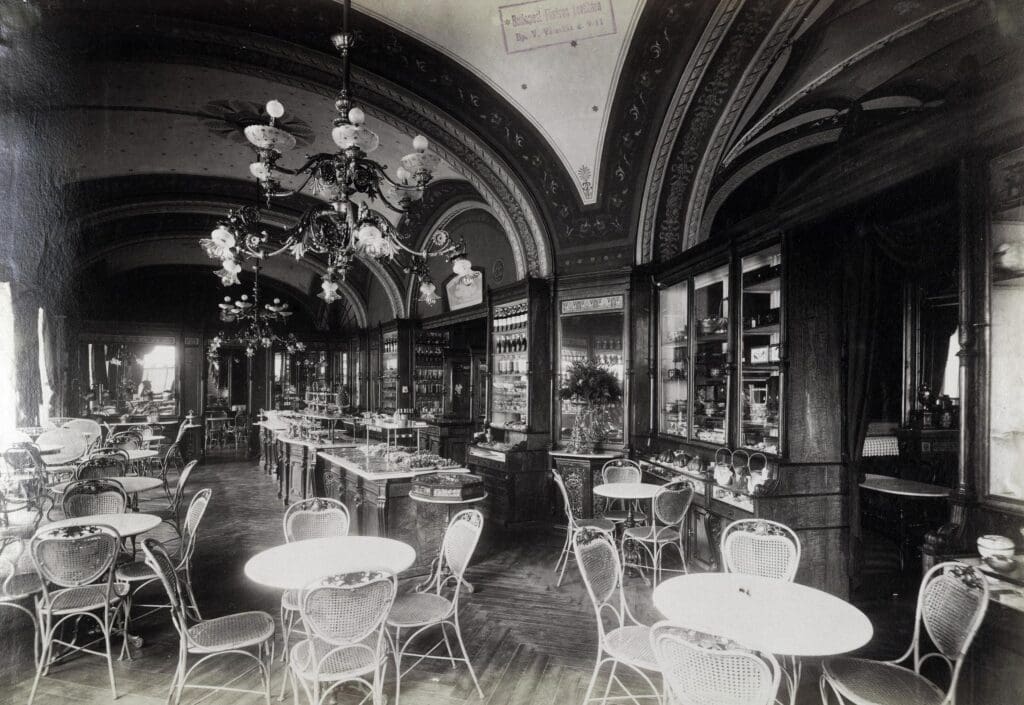
Of course, however, the success was not only due to the delicious French pastries which were new in the capital. Thanks to its Western-style sublime atmosphere and its elegant salons, the patisserie soon became a frequent meeting place for the inner-city intelligentsia, as well as for several political clubs and parties. There are also many legends that even
Empress Elisabeth of Austria and Queen of Hungary, nicknamed Sissi, was a frequent visitor to the pastry shop.
The Budapester was lucky enough to learn more about Sissi’s stays in the Gerbeaud Café, but there is still some debate about which her favourite salon was and what she liked to eat the most. If sources are authentic, it is said that her choice of salon and patisserie always depended on the time of her visit and the occasion.
Besides being one of the most respected pastry chefs of his time, Émile Gerbeaud had excellent business acumen as well. Thanks to his flair for innovation, the patisserie had taken a giant leap by the end of the millennium, both in size and staff and in its range of products.
By 1890 the café had introduced several peculiarities that today can be found in every pastry shop. Back then, however, they were seen as breakthrough curiosities. Examples include specialities such as biscuits—an excellent accompaniment to parlour conversations—, sweets, various types of buttercreams, and flavoured ice creams, which all found their own customers. All these products, elegance, and new innovations soon brought Émile Gerbeaud worldwide success. However, no one could have expected that real recognition would come in 1895, when ‘Macskanyelv’ (Cat Tongue) and ‘Konyakmeggy’ (Cognac Cherry Bonbon), which are still world-famous today, were introduced. These are just simple chocolate sweets, one might think, but let us not forget that chocolate at the time was a luxury product, a real delicacy, especially when it was not the usual ‘bonbon’ type or when it was combined with alcohol, in this case, cognac.
It was at that time that the name of Gerbeaud became an unquestionable phenomenon.
In the following years the pastry shop continued to promote its reputation, taking part in the 1896 Millennium Exhibition and celebrations, while Émile Gerbeaud visited several European world fairs as a master pastry chef.
After Gerbeaud’s death in 1919 his wife took over the running of the café until 1940, which, commendably, did not lose any of its former success under her management.
However, it was only afterwards, during nationalization, that one of the most famous pastries was introduced: the gerbeaud. In 1948, the patisserie was renamed ‘Vörösmarty Café’, and in the decades that followed gerbeaud became a real sensation.
At the time of nationalization, the majority of visitors to the café were from Budapest. A succession of shops, restaurants, and cafés opened in the city centre, thus the popularity of the area managed to persist thanks to its excellent location.
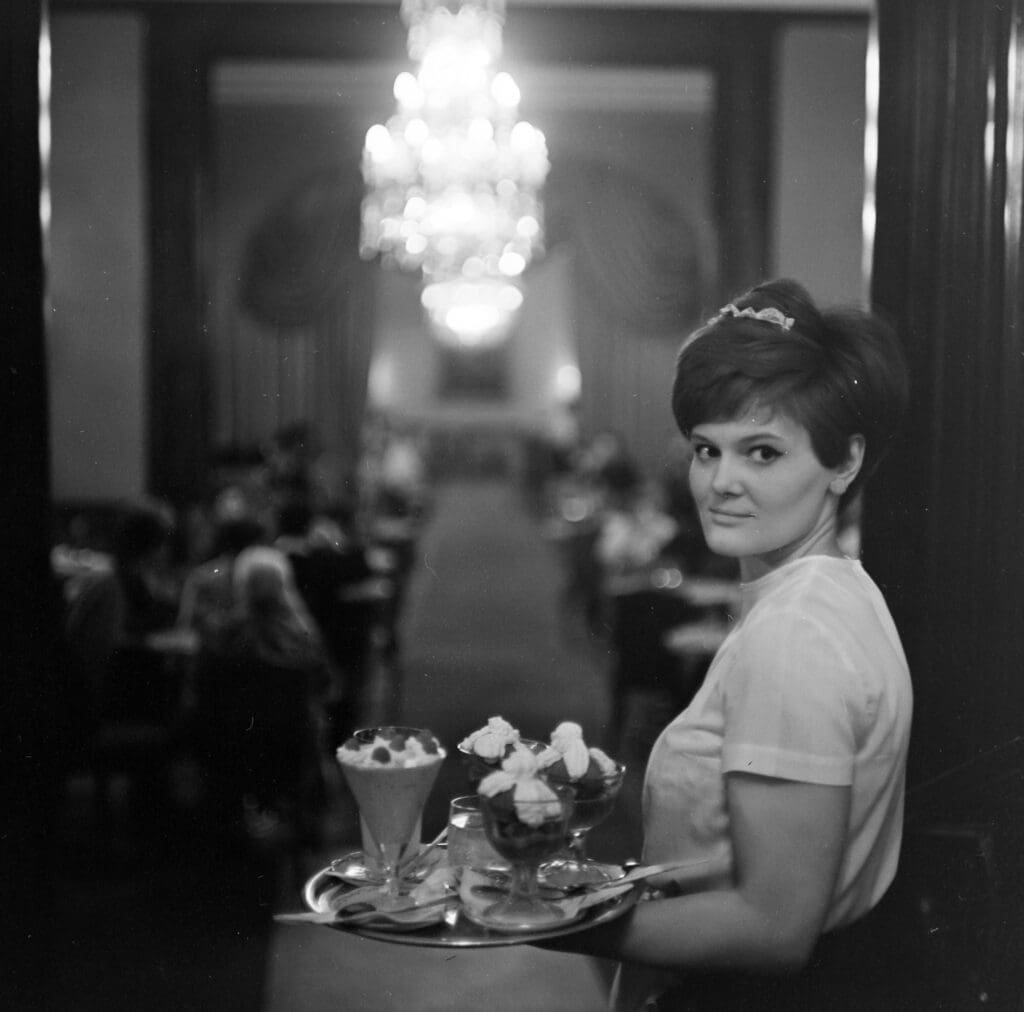
As shown in the above picture, the range of sweets and pastries has been further expanded. By the mid-1960s cream cakes and ice creams had been added to the already almost universally known gerbeaud, and other coffee specialities were also introduced. Due to its proximity to the station of the Millennium Underground Railway, or Metro Line M1, as well as various department stores, such as the Luxus Department Store on the other corner of the square, the Vörösmarty Café was often the final destination for shopping.
The quality of the patisserie, the range of pastries, the atmosphere, and the fast service, which by then had been in existence for almost a century, all contributed to the Gerbeaud (Vörösmarty) Café being worthy of its name.
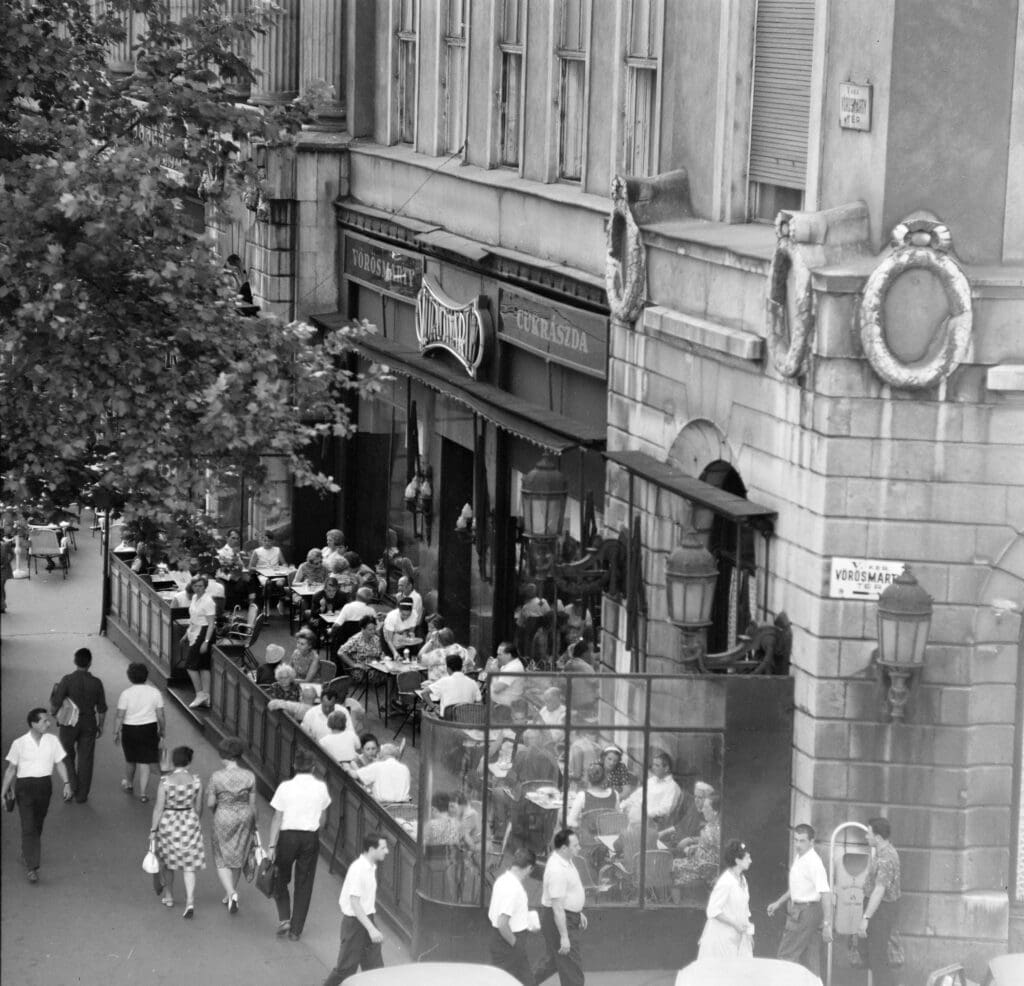
In 1985 the original name ‘Gerbeaud Café’ was restored, and in 1995 Erwin Müller bought the four-storey complex and founded Gerbeaud Gastronomy Ltd.
Thanks to its imposing salons, sophistication, and traditions, anyone who visits Gerbeaud Café on Vörösmarty Square can get a glimpse of the past.
Related articles:
Click here to read the original article.

